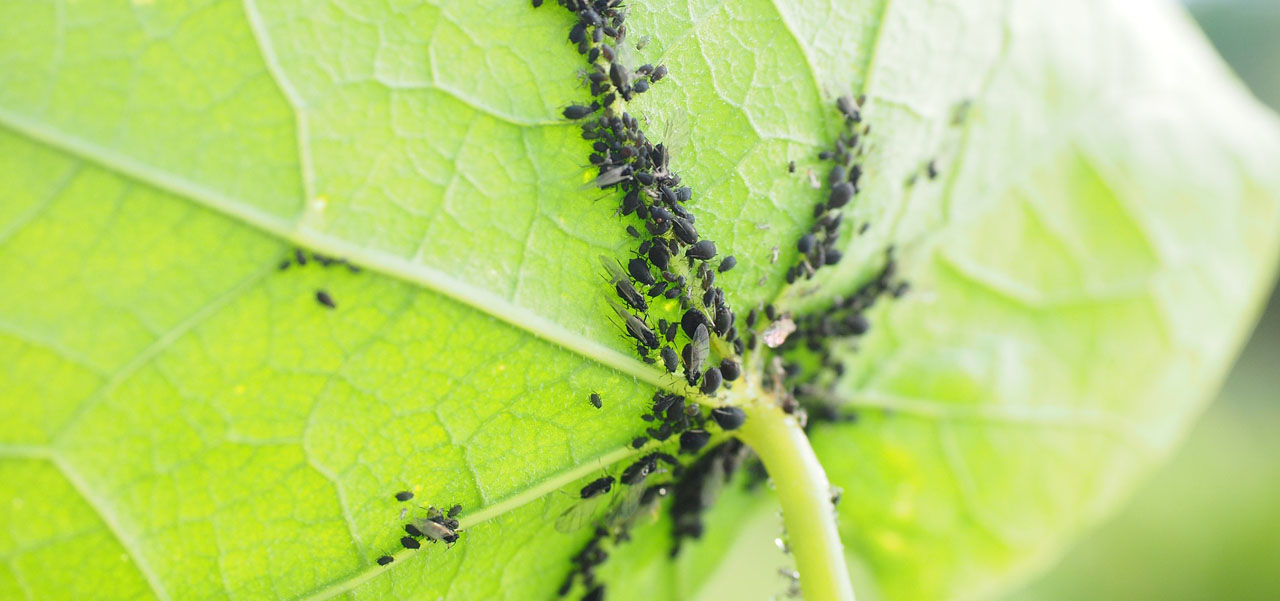Aspen Trees
Resources to Help You Care for Colorado's Favorite Tree
Aspen trees seem to be almost everywhere in Colorado. But, despite their popularity, aspens can be finicky trees to grow. Not only do they require very specific growing conditions, they're also prone to a wide range of insect and disease problems.
On this page, we share some resources to help you identify what may be wrong with your aspen tree, understand what it needs to thrive in your yard, how to handle aspen problems, and some suggested alternatives that will bring a similar look and feel to your property.
Aspen Problems?
Send us an email describing the problem(s) your tree is experiencing. Please include one or two images showing the issues.
Signs & Symptoms of Aspen Tree Problems
Hover on the photos to learn more about the causes and treatment for common aspen pests and diseases in the Denver Front Range area.

Poplar Borer
Poplar Borer
What is it? Poplar borer
Symptoms: This beetle makes holes in the bark. You may see pieces of wood around the hole and below it on the ground. Sometimes the holes leak a brown resin (aspen sap) that runs down the trunk.
Treatment: Wrap a wide strip of flexible paper around the trunk and coat it with a sticky barrier to trap insect larvae, or treat with an insecticide. Soil injections available, contact us for more information.

Spider mite damage
Spider mite damage
What is it? Spider mite damage
Symptoms: Light colored dots or flecks, scorched edges
Treatment: Water plants regularly, spray leaves with jet of water. Lam has an injected treatment that lasts 30 to 45 days
Learn more in our article about spider mites

Aphids
Aphids
What is it? Aphids
Symptoms: Sticky substance (honeydew) or a grey, powdery coating (sooty mold), curling leaves, large number of wasps
Treatment: Natural predators, spray off with water, early-season treatment (before bud break, usually April or early May) with a soil injection containing a system insecticide. Summer treatment involves a foliar spray.

Cytospora canker
Cytospora canker
What is it? Cytospora canker
Symptoms: Tree turning orange, sometimes over an entire branch, may ooze brown liquid
Treatment: Keep trees well-watered and pruned and repair any wounds. Remove infected branches or infected bark and prune only in dry weather. Contact LAM Tree if you suspect cytospora canker on any of your trees.

Cytospora spore tendrils
Cytospora spore tendrils
What is it? Cytospora spore tendrils
Symptoms: Tree turning orange, sometimes over an entire branch, may ooze brown liquid
Treatment: Keep trees well-watered and pruned and repair any wounds. Remove infected branches or infected bark and prune only in dry weather. Contact LAM Tree if you suspect cytospora spore tendrils on any of your trees.

Oystershell scale
Oystershell scale
What is it? Oystershell scale
Symptoms: Brown or gray scale shaped roughly like an oyster’s shell.
Treatment: Must be treated with a systemic insecticide before the eggs hatch, usually in late May or early June.

Sapsucker Damage
Sapsucker Damage
What is it? Damage from a Sapsucker (member of the woodpecker family)
Symptoms: ¼ inch holes in neat rows in trees as the sapsuckers search for food (bugs or tree sap)
Treatment: Wrap trees in burlap or hardware cloth to prevent sapsuckers from feeding, may need to treat any underlying disease or pest infestation. Silver streamers (like ribbon) can be thumb-tacked to tree to deter sapsuckers.
Treatment timing: Will need to remove and redo the cloth as the tree grows
Notes: The tree will die if it becomes covered (girdled) with these holes








